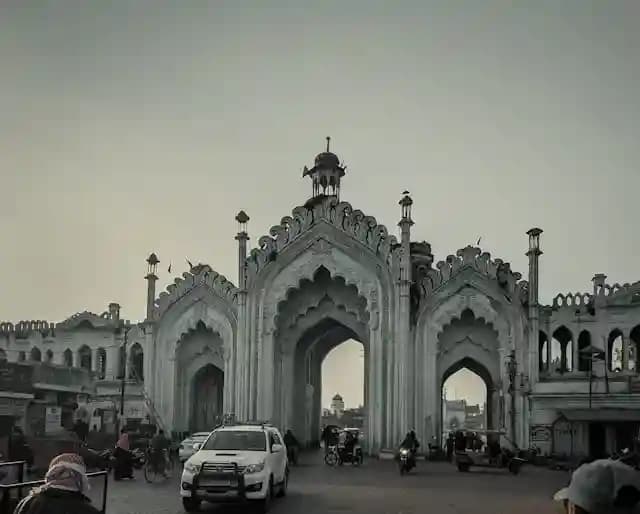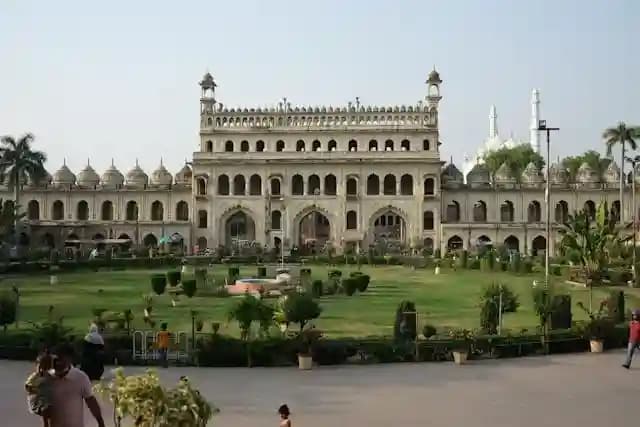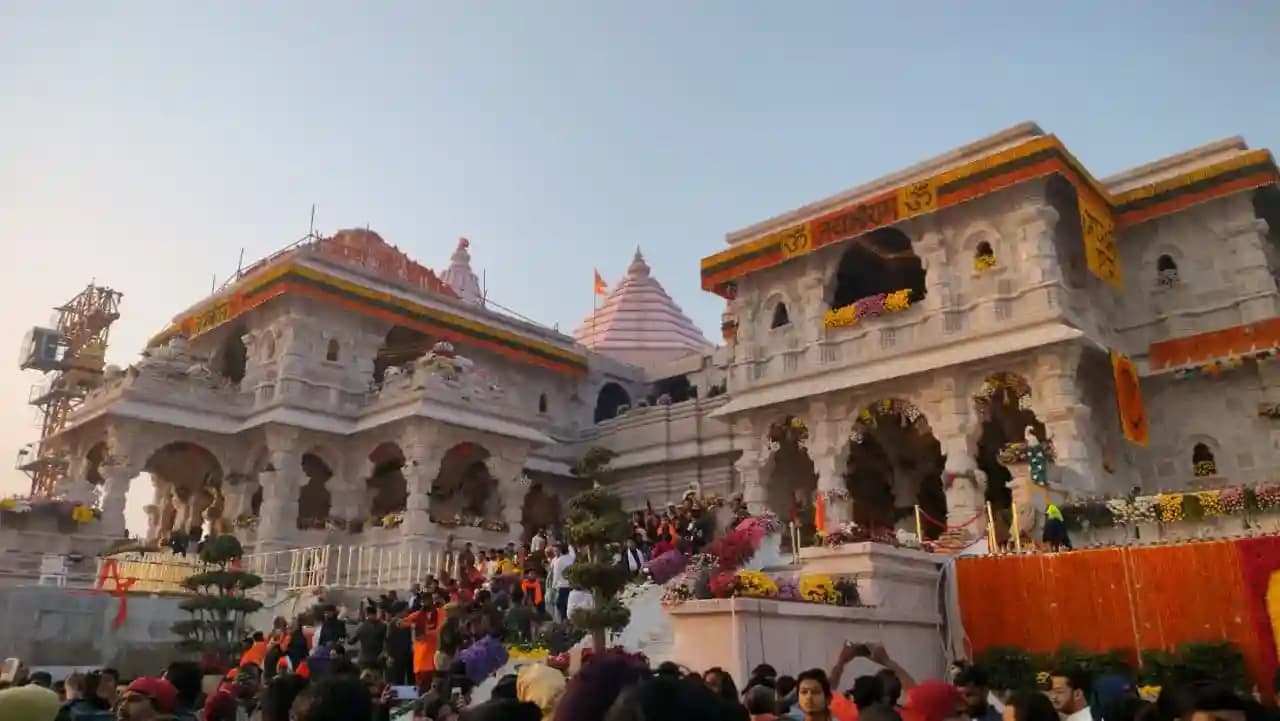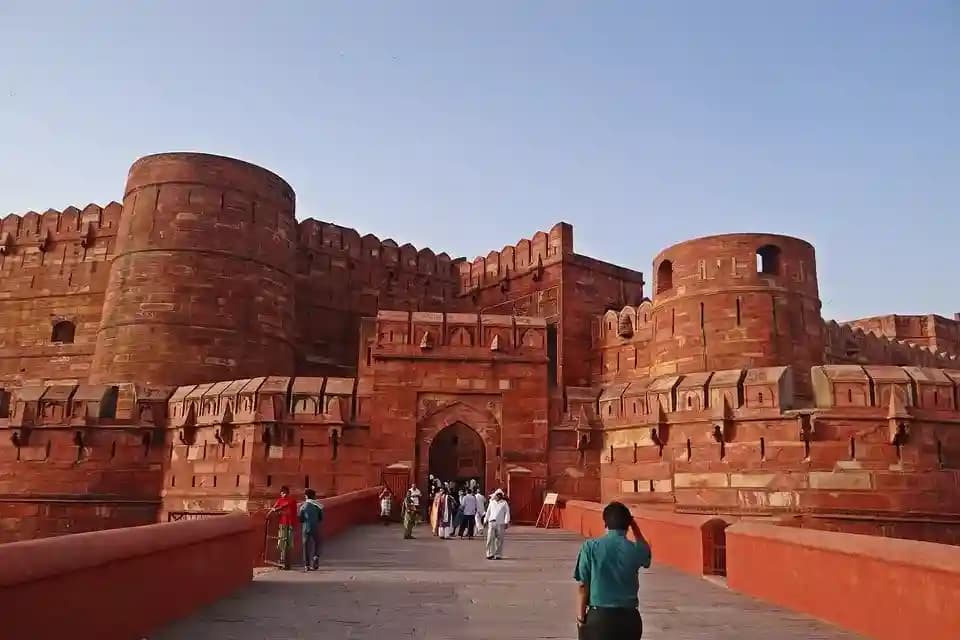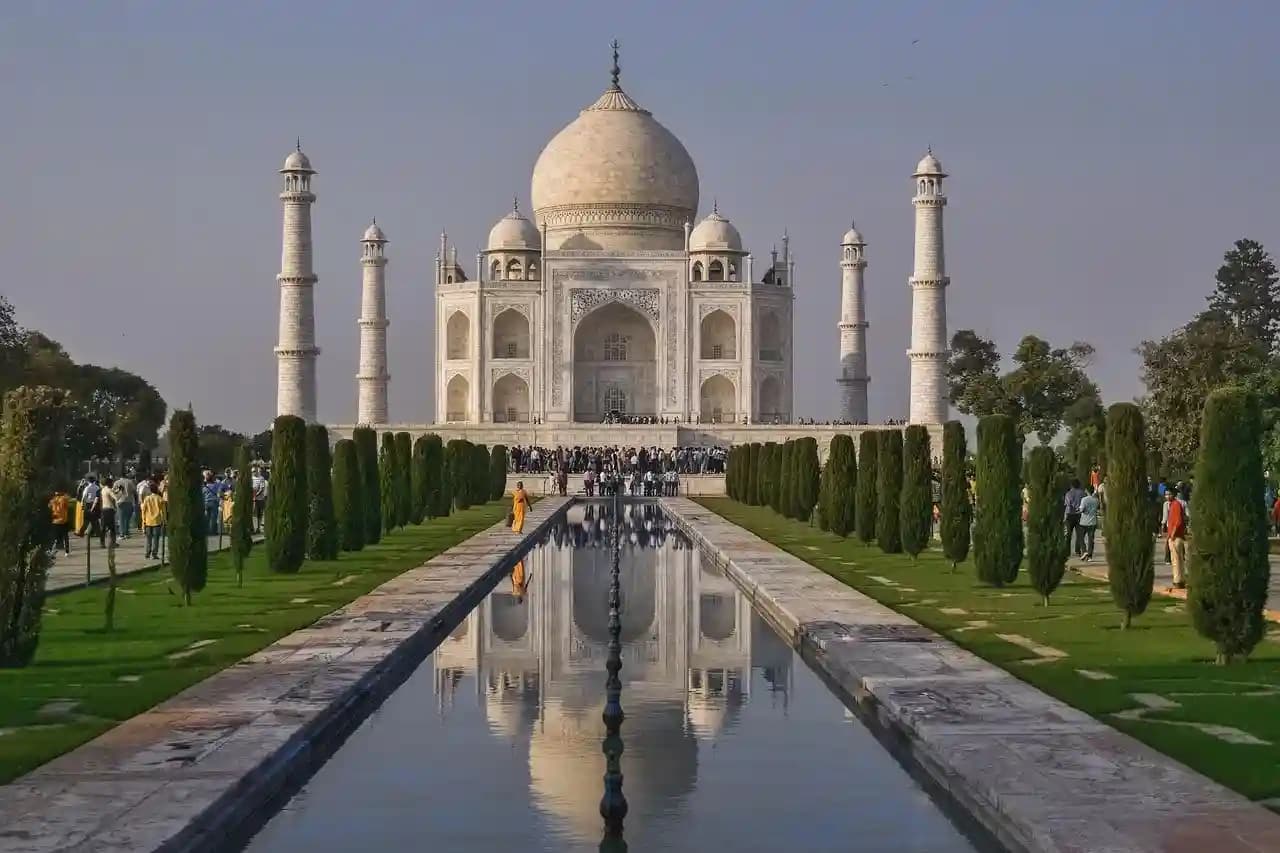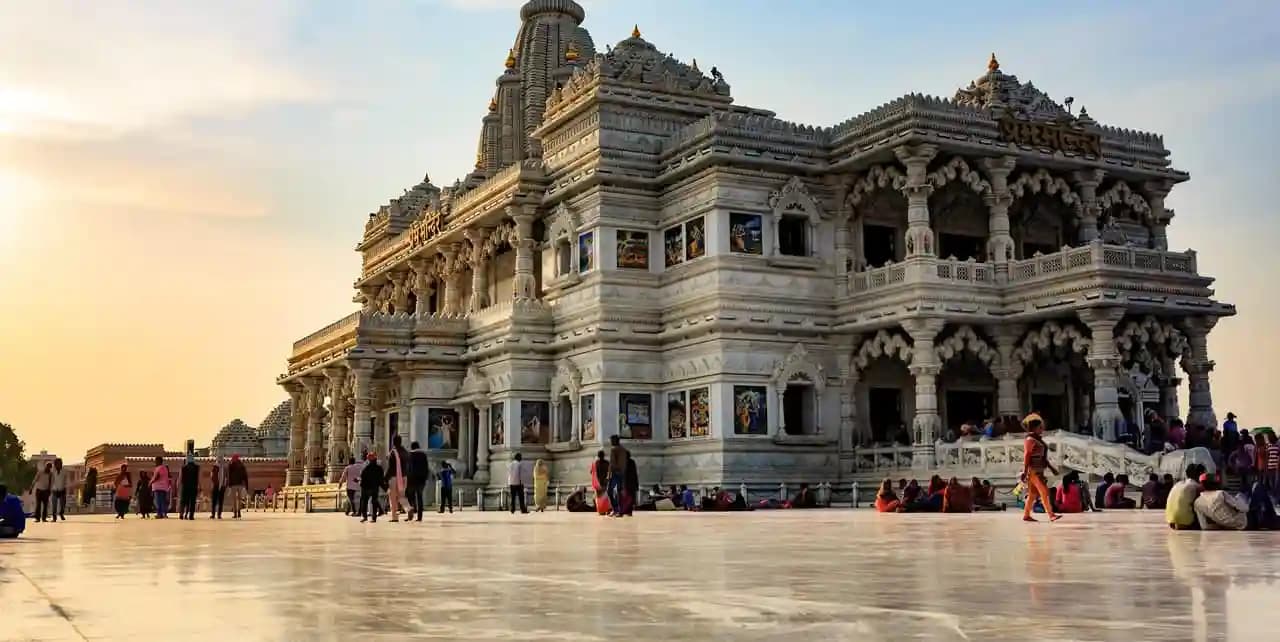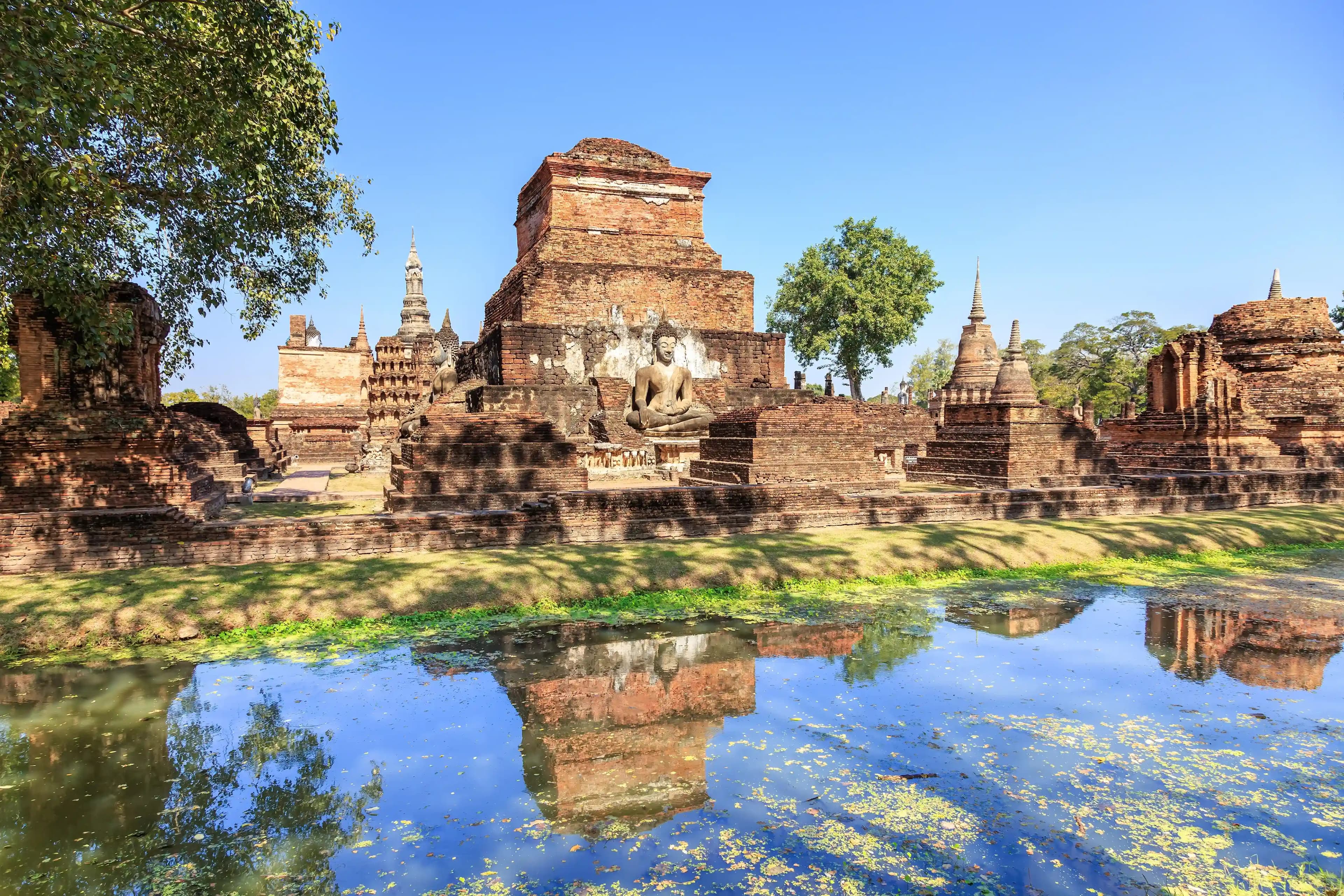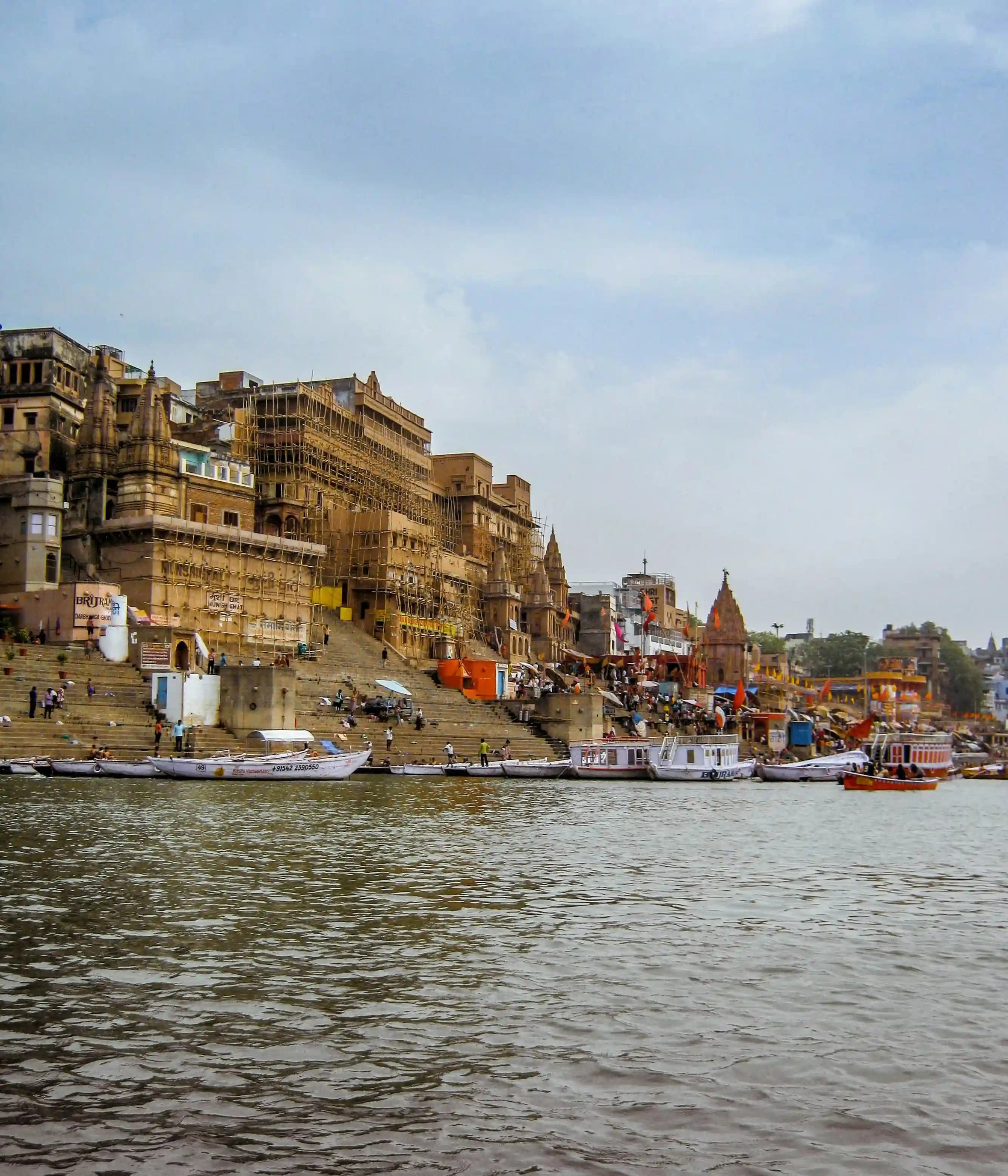Ayodhya is a tapestry of calmness, celebration, and majesty due to its diverse culture, rich traditions, and strong devotion. It is a famous historical and majestic city. Lord Ram was born in this holy city. Historically, Ayodhya is located in Uttar Pradesh, shining brightly on the banks of the sacred Sarayu river. In Ayodhya, the famed Ram Mandir is among the most widely recognized and important sites for tourists. This exquisite temple is a whisper of the people's feelings, the elegance of the city, the wealth of Indian architecture, and the beauty of traditions.
Ayodhya is highly significant both culturally and religiously, as it is considered sacred by Hindus as the place of birth of Lord Rama. Both pilgrims and visitors are drawn to the city's numerous temples, ghats, and historical attractions. We will look into the best places to visit in Ayodhya, that offer a beautiful fabric of the city's spirituality and tradition, in this thorough guide.
Top 15 Places to Visit in Ayodhya
Ram Temple
Kanak Bhawan
Hanuman Garhi
Nageshwarnath Temple
Choti Chawni
Gulab Bari
Treta Ke Thakur Temple
Sita Ki Rasoi
Bahu Begum ka Makbara
Raja Mandir
Tulsi Smarak Bhawan
Moti Mahal
Ram Ki Paidi
Ram Katha Park
Dashrath Bhavan
1. Ram Temple:

The first and foremost comes the breath giving Ram Temple. The holy birthplace of Lord Rama, known as Ram Janmabhoomi, is a symbol of both heritage of culture and religious dedication. Devoted to unity and commitment, the Grand Ram Temple is a respected attraction. The seventh incarnation of Lord Vishnu, Lord Rama, is said to have been born at this location near the Sarayu River in Hindu mythology. Witness the temple's magnificence and immerse yourself in the spiritual air that envelops this momentous site. In the ongoing story of the Ram Temple's construction, Prime Minister Narendra Modi's 2020 groundbreaking ceremony was a significant occasion.
2. Kanak Bhawan:

Kanak Bhawan, or the Golden Palace, is a monument of dedication and beautiful construction and is located in Tulsi Nagar, close to Ram Janmabhoomi. This temple, which was constructed in 1891, pays tribute to Lord Rama and Goddess Sita. Under an elegant silver dome, the holy place, capped by three golden sculptures, represents the golden palace that Kaikeyi gave to mark Rama and Sita's marriage. The temple is presently managed by a trust that guarantees the preservation of both its Bundela-style architecture and its position within the religious landscape of Ayodhya.
3. Hanuman Garhi :

A temple devoted to Lord Hanuman, Hanuman Garhi, is one of the best places to visit in Ayodhya. This Temple resides brilliantly on a hill and provides stunning wide-open views of Ayodhya. The 76 staircases in the temple are an artistic creation as well as a way to ascend. A 6-inch-tall Hanuman statue greets you in the middle of a magnificent scene as you approach the top of the mountain. Every year on Ram Navami and Hanuman Jayanti, pilgrims come here to pay tribute to the birth of Lord Ram and Hanuman. Absorb the spiritual atmosphere and the hug of protection that Hanuman is said to give to Ayodhya.
4. Nageshwarnath Temple:

Standing near to Theri Bazaar in Ayodhya, the Nageshwarnath Temple is dedicated to Lord Nageshwarnath and represents centuries of culture and commitment. This temple, which is said to have been founded by Lord Rama's son Kush, draws a large number of worshippers during Mahashivaratri and Pradosh Vrat. The temple preserves its historical beauty and spiritual aura despite repairs in 1750. According to legend, Kush constructed this Shaiva shrine to honor a divine meeting he had with Naga Kanya, a devotee of Shiva.
5. Choti Chawni:

With its 34 ancient caverns, Choti Chawni, also called Valmiki Bhawan, is a stunning architectural miracle. Divided between Buddhist, Hindu, and Jain groups, this site highlights the multilayered elegance of ancient Indian cultures. The artistic excellence becomes better by the Kailasha Temple inside the caverns, which creates an attractive fusion of cultural elements. Choti Chawni is still a monument of the architectural mastery and cultural richness of ancient Ayodhya, in spite of the effects of time and weather.
6. Gulab Bari:

Gulab Bari, also called the Garden of Roses, is a charming example of Mughal architecture mixed with beautiful greenery, and it can be found in the Vaidehi Nagar neighborhood. An 18th-century national treasure, it houses the grave of Nawab Shuja-ud-Daula, the third Nawab of Faizabad. Fountains, rose gardens, and elaborate tombs can be seen at Gulab Bari, which is protected by the Ancient Monuments and Archaeological Sites and Remains Act. Enjoy the intriguing appeal of history while picturing the cultural and architectural brilliance of the Mughal Empire. Gulab Bari is an important place to visit in Ayodhya for history lovers and architecture lovers alike.
7. Treta Ke Thakur Temple:

With its historic importance and ancient sculptures, Treta Ke Thakur Temple, which is close to Naya Ghat, transports tourists across time. Standing on the same spot where Lord Rama carried out the Ashwamedha Yagna, the temple is said to have been constructed 300 years ago by Kullu, the monarch of the area. This temple, which is only open to the public on Ekadashi once a year, provides a window into the rich mythological and cultural legacy of Ayodhya. The historical tapestry of the temple has been strengthened by the financial contributions made by Ahilyabai Holkar in the 1700s.
8. Sita Ki Rasoi:

Nestled next to Ram Janmabhoomi, Sita Ki Rasoi is more than simply a shrine; it's a symbol of the gastronomic and cultural traditions connected to Goddess Sita. The temple, which is thought to have been Sita's original kitchen, has statues and displays that represent Lord Rama's holy household. One of the two kitchens in India named after Sita is the basement-based royal kitchen. Visitors dig into the cultural details and religious traditions associated with Sita's respected role as they tour this fascinating location.
9. Bahu Begum ka Makbara:

Standing tall on Maqbara Road in Faizabad, Bahu Begum ka Makbara is known as the “Taj Mahal of the East” because of its brilliant architecture and symmetrical design. This tomb, which was constructed in honor of Begum Unmatuzzohra Bano, the spouse of Nawab Suja-ud-Daula, is a work of art. Bahu Begum ka Makbara captures the grandeur of a golden age with its three domes, delicately constructed interiors, and beautifully painted walls and ceilings. This landmark is protected by the Archaeological Survey of India, which makes it a must-see for everyone interested in historical glory.
10. Raja Mandir:

Built near the Ghaggar River, Raja Mandir is a temple surrounded by legendary tales. This temple, which houses carved sculptures of several Hindu deities, is a brilliant example of Hindu architecture. Originally known for its relationship with Lord Sri Ram, the temple has evolved into an enchanting monument featuring sculptures representing a variety of gods. Raja Mandir offers a calm environment for people to connect with spirituality and lose themselves in the stories carved onto its walls because of its breathtaking riverbank setting.
11. Tulsi Smarak Bhawan:

Built as a memorial to the saint-poet Goswami Tulsidas, Tulsi Smarak Bhawan serves as both an educational and cultural hub. This smarak, which is situated at the eastern end of the National Highway, is home to an incredible collection of books about the spiritual and cultural history of Ayodhya. The facilities house the Ayodhya Research Sansthan, which is dedicated to studying and understanding Ayodhya's literary, artistic, and spiritual heritage. Spend yourself in the tradition of Lord Sri Ram at Tulsi Smarak Bhawan, a place in Ayodhya, which features regular prayers of the Ramayana and displays of Ramayana art and craft.
12. Moti Mahal:

Architecturally stunning, Moti Mahal, sometimes referred to as the "Pearl Palace," is a historical site located in Faizabad. Moti Mahal, which showcases Mughal architecture, has elaborate embellishments that envelop visitors in a different time period. Moti Mahal is not only aesthetically pleasing but also culturally and historically significant, telling stories of the history of the area. Visitors are engulfed in the splendor of the Mughal era as they stroll through its halls and rooms and see the exquisite craftsmanship that graces every square inch of this majestic building.
13. Ram Ki Paidi:

Offering visitors and devotees the chance to bathe in the holy waters, Ram Ki Paidi is a set of ghats on the bank of the River Saryu. Thousands of people come together on the riverside each year for the magnificent festival of lights and festivities known as Deepotsav. With the illumination of candles and the melodies of religious songs, Ram Ki Paidi transforms into a metaphorical area where spirituality meets the scenic splendor of the river. For those looking to connect deeply with Ayodhya's spiritual legacy, this riverbank is a must-visit because of its picturesque views and holy zeal.
14. Ram Katha Park:

Ram Katha Park, with its large and well-kept surroundings, has developed into a cultural sanctuary, all while decreasing the demand on holy locations. Attractions for both artists and fans include cultural and religious activities held in the park's outdoor theater. The park's layout promotes a peaceful fusion of spirituality and environment, giving guests a peaceful area to engage with the diversity of Ayodhya's culture. Ram Katha Park, where one can participate in events or just take in the lovely surroundings, is evidence of Ayodhya's dedication to conserving its cultural and spiritual heritage.
15. Dashrath Bhavan:

Dashrath Bhavan greets guests with an exquisitely created entryway that sets the tone for its spiritual and historical significance. It is thought to be the once-great home of King Dashrath. The royal complex's mystical atmosphere is added to by the presence of temples devoted to Lord Ram. Visitors are likely to feel the echoes of the past, when King Dashrath ruled over Ayodhya, as they walk through its courtyards and hallways. Dashrath Bhavan continues to be a place where religious ceremonies and cultural gatherings support the preservation of Ayodhya's rich cultural legacy.
Conclusion
Ayodhya is an ancient city that skillfully combines spirituality, history, and diversity of culture. It is known for the famous tourist places to visit in Ayodhya like Dashrath Bhavan, Ram temple etc. Ayodhya extends a warm welcome to tourists seeking new experiences, history buffs, and spiritual seekers alike. For anybody interested in learning more about India's rich cultural heritage, Ayodhya is a must-visit location because of the variety of sights and the friendly residents.












